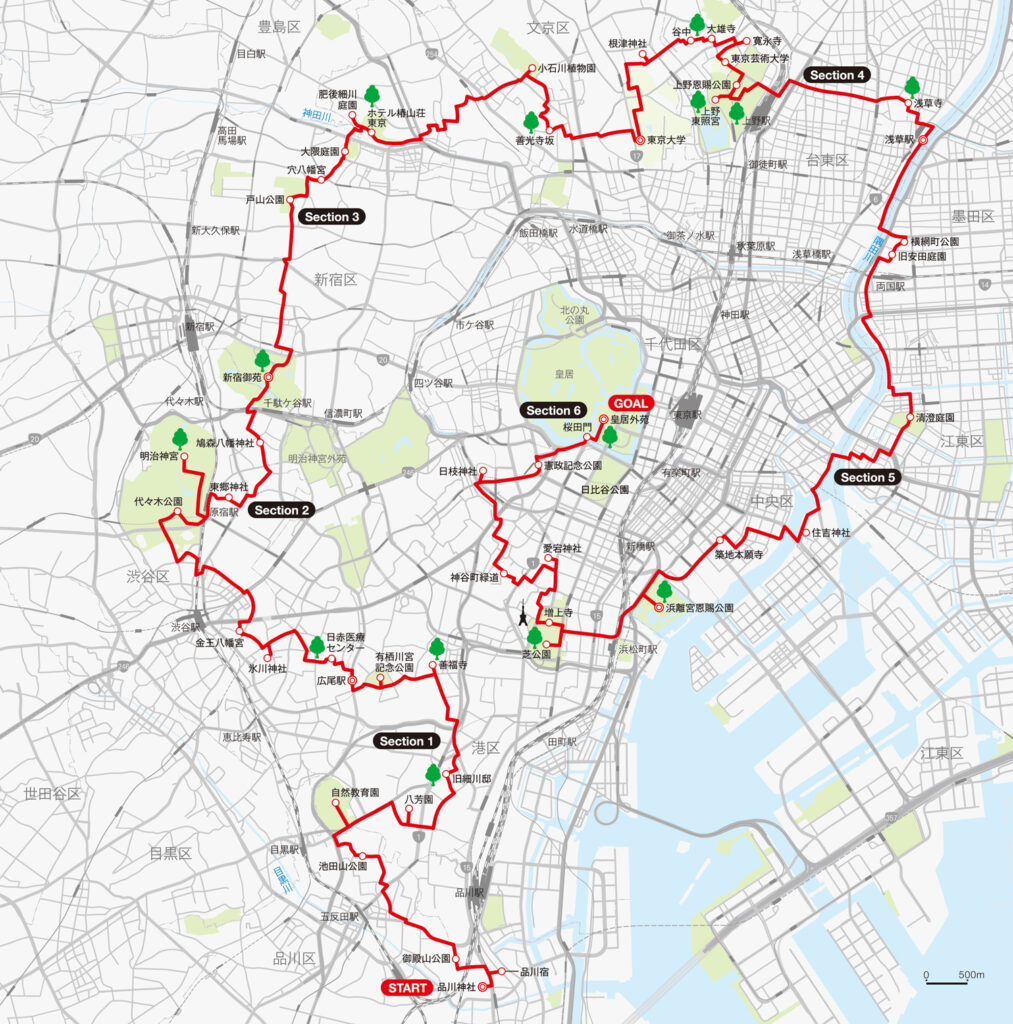A collection of Tokyo’s oldest trees
Early in the morning, I meet the design duo Keita Ikeuchi and Mihoko Mori of the clothing brand And Wander at Shinagawa Shrine in Kita Shinagawa. This is the tutelary shrine of Shinagawa-shuku, the first of the 53 post stations on the old Tokaido Route. The Tokaido was established in the Edo period (1603–1868) to connect the newly formed capital of Edo (present-day Tokyo) with Kyoto. The shrine itself, however, is much older. It was founded by Minamoto-no-Yoritomo, the first shogun of the Kamakura period (1185–1333), as a place to pray for safe seafaring. Memories of those who have paused here over the past millennium seeking reassurance make it the perfect starting point of TOKYO TREE TREK (TTT). Now we too, desiring a safe journey before setting out on our 60-kilometer hike, stop to pray to the deity and to the old trees at home in the shrine.
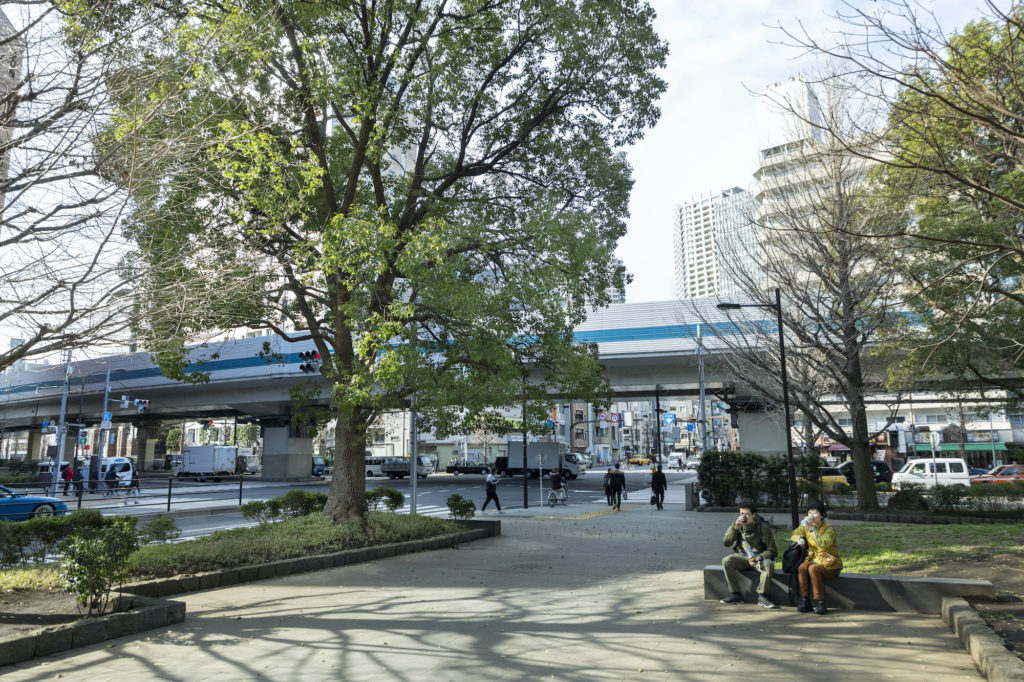
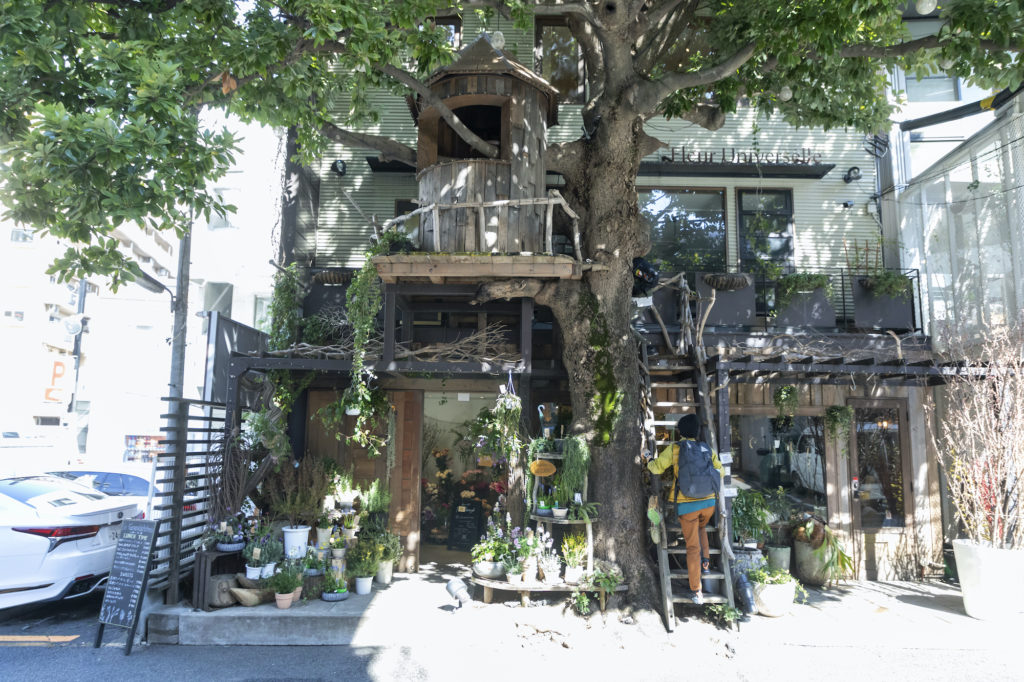
While strolling along the shopping street that retains the elegant ambience of Shinagawa-shuku, we admire the Kaidomatsu pine replanted from Tsuchiyama-juku, another post station on the Tokaido. We pass through Gotenyama Garden, selected as one of a hundred scenic views of Shinagawa for its cherry blossoms, and head for Gotanda. Past Ikedayama Park’s promenade garden accentuating the natural undulations, we reach the perfect rest spot at the Institute for Nature Study. The site run by the National Museum of Nature and Science boasts one of the finest natural forests in Tokyo. That is, unlike a botanical garden or landscape garden, management of the forest supports nature’s rather than human design. Big broadleaf evergreens like the Japanese chinquapin and the Japanese bay tree cover the shrubs and grasses growing below. That this lush forest is made up of vegetation indigenous to Tokyo is a work of wonder.
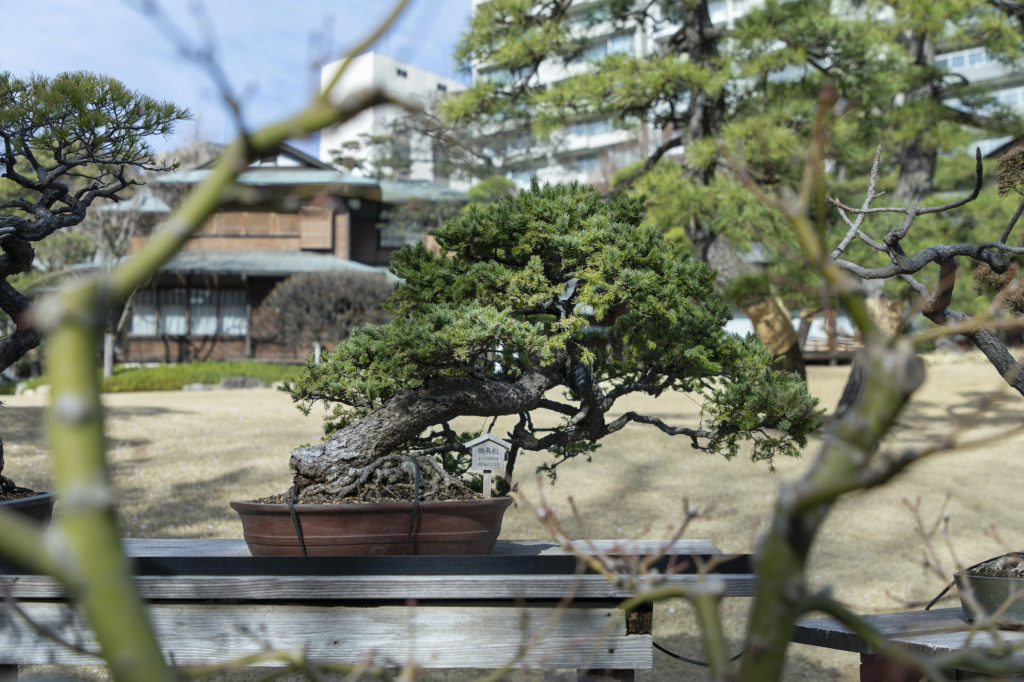
Our next stop is Happo-en, where we explore “bonsai road” lined with artistic miniature trees. The 500-year-old Sargent juniper is magnificent beyond belief. Farther on in Takanawa is Tokyo’s most remarkable old tree yet. In a corner of the residential district appears a ghostly chinquapin estimated to be over 300 years old. This area is the former Hosokawa Residence, the private mansion of the Hosokawa clan, of the Kumamoto Domain, where the famous forty-seven ronin were ordered to perform ritual suicide by seppuku. In other words, this old tree must have witnessed the tale of Chushingura.
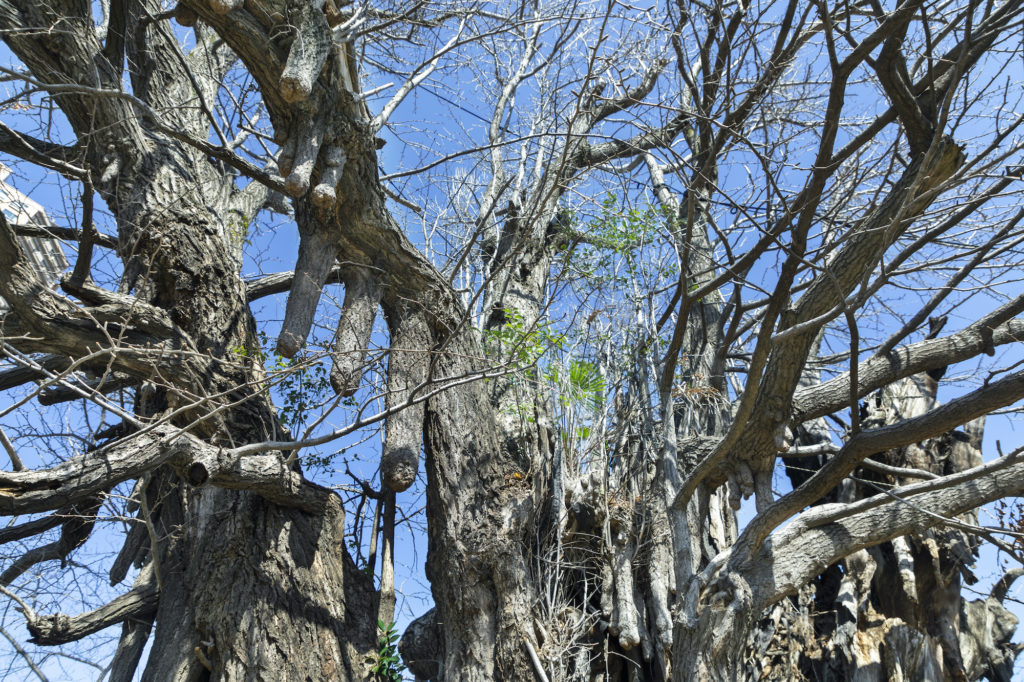
The 750-year-old “inverted ginkgo” at Zenpukuji Temple is known as one of the three greatest ginkgoes of Tokyo and is designated a natural monument of Japan. Legend says that on a visit to the temple in 1232, the monk Shinran left his walking stick protruding from the ground, and it grew vigorously into this ginkgo. Feeling the power of these two symbolic trees, the chinquapin of the forty-seven ronin and the inverted ginkgo of Shinran, we conclude Section 1.
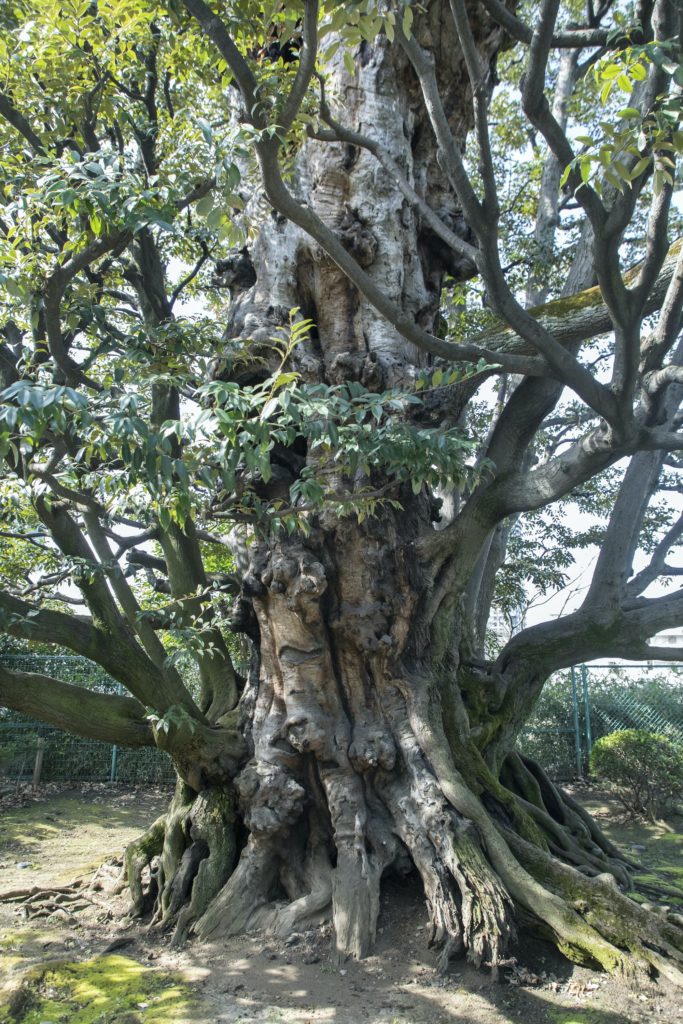
■Tree Spot
• Shinagawa Shrine
• Shinagawa-shuku
• Gotenyama Garden
• Ikedayama Park
• Institute for Nature Study
• Happo-en
• Former Hosokawa Residence
• Takamatsu Kusunoki Park
• Azabusan Zenpukuji Temple
• Arisugawa-no-miya Memorial Park
PAPERSKY has created a 60km trail that connects trees in Tokyo. This original route starts from Shinagawa-juku (Kita-Shinagawa), which welcomed travelers as the gateway to Edo (old name for Tokyo), and winds around in a clockwise direction to the Imperial Palace, where Edo Castle once stood.
